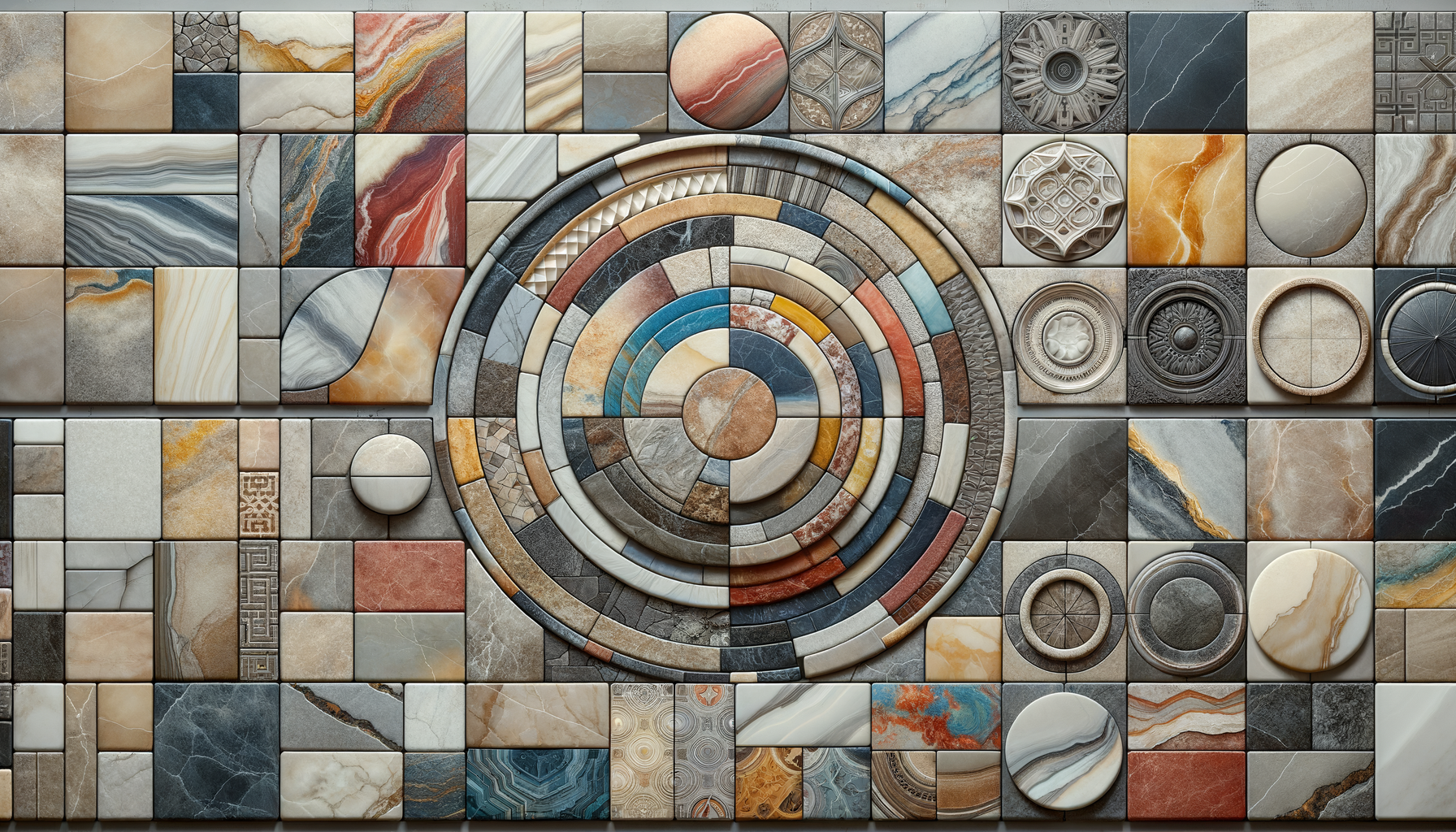Understanding Faux Stone Panels
Faux stone panels are a versatile building material that mimics the appearance of natural stone. These panels are crafted from lightweight materials such as polyurethane, making them easy to handle and install. Unlike real stone, faux panels do not require professional masonry skills, allowing even DIY enthusiasts to enhance their spaces with ease.
The appeal of faux stone panels lies in their ability to replicate the intricate textures and colors of natural stone. With advancements in manufacturing techniques, these panels have become increasingly realistic, offering a range of styles from rustic to contemporary. This adaptability makes faux stone panels suitable for various applications, including interior walls, fireplaces, and exterior facades.
Beyond aesthetics, faux stone panels provide practical benefits. They are resistant to moisture, pests, and UV rays, ensuring longevity and low maintenance. Additionally, their lightweight nature reduces transportation costs and structural load, making them an economically viable option for both residential and commercial projects.
Installation Process and Tips
Installing faux stone panels is a straightforward process, often requiring just a few basic tools. The panels are typically designed with interlocking edges, simplifying alignment and ensuring a seamless appearance. Here’s a step-by-step guide to help you get started:
- Preparation: Ensure the surface is clean, dry, and free of debris. Measure the area to determine the number of panels needed.
- Cutting: Use a saw to cut panels to the desired size. Be sure to wear protective eyewear and gloves during this step.
- Adhesion: Apply construction adhesive to the back of each panel. Press the panel firmly onto the surface, starting from the bottom and working upwards.
- Securing: Use screws or nails to secure the panels further, ensuring stability and durability.
- Finishing: Fill any gaps or seams with caulk or matching stone filler for a polished look.
For those seeking professional results, consider hiring a contractor, especially for larger projects or complex designs. Proper installation not only enhances the panel’s appearance but also maximizes its lifespan.
Comparing Faux Stone to Real Stone
When deciding between faux stone panels and real stone, several factors come into play. While both options offer distinct advantages, understanding their differences can guide you in making an informed choice.
Cost: Faux stone panels are generally more affordable than real stone. The lower price point is due to the materials used and the simplified installation process, which reduces labor costs.
Weight: Real stone is significantly heavier, requiring reinforced support structures. In contrast, faux stone panels are lightweight, making them easier to transport and install.
Durability: Real stone is known for its durability and natural weathering over time. Faux stone panels, while durable, may not age in the same manner but are designed to withstand various environmental conditions.
Appearance: Both faux and real stone offer aesthetic appeal. However, faux stone panels provide a wider variety of styles and colors, catering to diverse design preferences.
Ultimately, the choice between faux and real stone depends on your budget, project scope, and desired aesthetic. Faux stone panels offer a practical and visually appealing alternative, especially for those seeking a cost-effective solution without compromising on style.
Applications and Creative Uses
Faux stone panels open a world of creative possibilities for both interior and exterior design. Their versatility allows them to be used in various settings, adding character and charm to any space.
Indoors, faux stone panels can transform a plain wall into a stunning feature. They are often used to create accent walls in living rooms, bedrooms, and dining areas, providing a focal point that draws the eye. Fireplaces clad in faux stone offer a rustic, cozy ambiance without the need for extensive masonry work.
In commercial spaces, faux stone panels add sophistication and elegance. Restaurants, hotels, and retail stores can benefit from the inviting atmosphere that these panels create, enhancing the customer experience.
Outdoors, faux stone panels are ideal for enhancing curb appeal. They can be used on facades, garden walls, and even outdoor kitchens, providing a cohesive look that complements the natural surroundings.
For those with a creative flair, faux stone panels can be used in unexpected ways. Consider using them to build a stylish bar area, a unique headboard, or even as part of a garden feature. The possibilities are endless, limited only by your imagination.
Conclusion: Embracing the Elegance of Faux Stone Panels
Faux stone panels offer an attractive, practical, and versatile solution for those looking to enhance their living or working spaces. With their realistic appearance and ease of installation, they provide a cost-effective alternative to real stone, without sacrificing quality or style.
Whether you’re a homeowner seeking to revamp your interior or a business owner aiming to create a welcoming environment, faux stone panels can meet a variety of needs. Their adaptability to different settings and design preferences makes them a popular choice among designers and DIY enthusiasts alike.
As you consider your next renovation project, explore the potential of faux stone panels. Their beauty and functionality can transform any space, bringing your vision to life with elegance and flair.



Leave a Reply